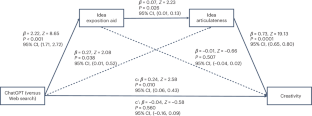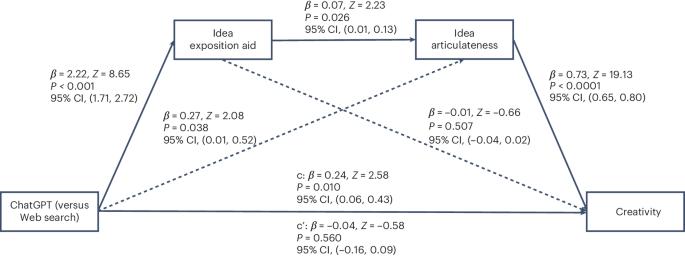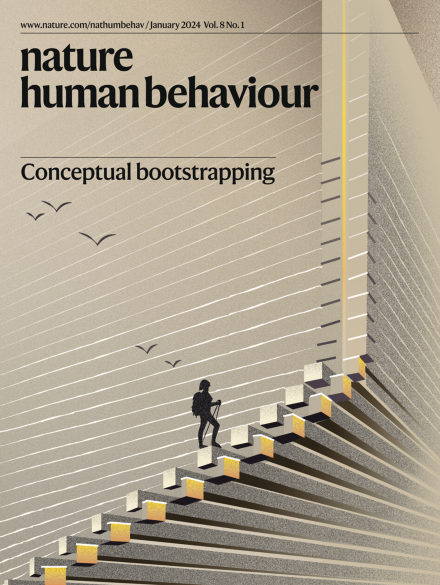An empirical investigation of the impact of ChatGPT on creativity
IF 21.4
1区 心理学
Q1 MULTIDISCIPLINARY SCIENCES
引用次数: 0
Abstract
This paper investigates the potential of ChatGPT for helping humans tackle problems that require creativity. Across five experiments, we asked participants to use ChatGPT (GPT-3.5) to generate creative ideas for various everyday and innovation-related problems, including choosing a creative gift for a teenager, making a toy, repurposing unused items and designing an innovative dining table. We found that using ChatGPT increased the creativity of the generated ideas compared with not using any technology or using a conventional Web search (Google). This effect remained robust regardless of whether the problem required consideration of many (versus few) constraints and whether it was viewed as requiring empathetic concern. Furthermore, ChatGPT was most effective at generating incrementally (versus radically) new ideas. Process evidence suggests that the positive influence of ChatGPT can be attributed to its capability to combine remotely related concepts into a cohesive form, leading to a more articulate presentation of ideas. The use of ChatGPT helped generate more creative ideas for various everyday and innovation-related problems, compared with not using any technology or using a conventional Web search (Google). This effect remained robust regardless of whether the problem required consideration of many (versus few) constraints and whether the problem was viewed as requiring empathetic concern.


关于 ChatGPT 对创造力影响的实证调查
本文研究了 ChatGPT 在帮助人类解决需要创造力的问题方面的潜力。在五个实验中,我们要求参与者使用 ChatGPT(GPT-3.5)为各种日常问题和创新相关问题生成创意想法,包括为青少年选择创意礼物、制作玩具、重新利用闲置物品和设计创新餐桌。我们发现,与不使用任何技术或使用传统的网络搜索(谷歌)相比,使用 ChatGPT 提高了所产生创意的创造性。无论问题是否需要考虑很多(或很少)限制因素,也无论问题是否被视为需要换位思考,这种效果都很明显。此外,ChatGPT 在产生渐进式(而非激进式)新想法方面最为有效。过程证据表明,ChatGPT 的积极影响可归因于它能将遥远相关的概念结合成一种有凝聚力的形式,从而使想法的表达更加清晰。
本文章由计算机程序翻译,如有差异,请以英文原文为准。
求助全文
约1分钟内获得全文
求助全文
来源期刊

Nature Human Behaviour
Psychology-Social Psychology
CiteScore
36.80
自引率
1.00%
发文量
227
期刊介绍:
Nature Human Behaviour is a journal that focuses on publishing research of outstanding significance into any aspect of human behavior.The research can cover various areas such as psychological, biological, and social bases of human behavior.It also includes the study of origins, development, and disorders related to human behavior.The primary aim of the journal is to increase the visibility of research in the field and enhance its societal reach and impact.
 求助内容:
求助内容: 应助结果提醒方式:
应助结果提醒方式:


